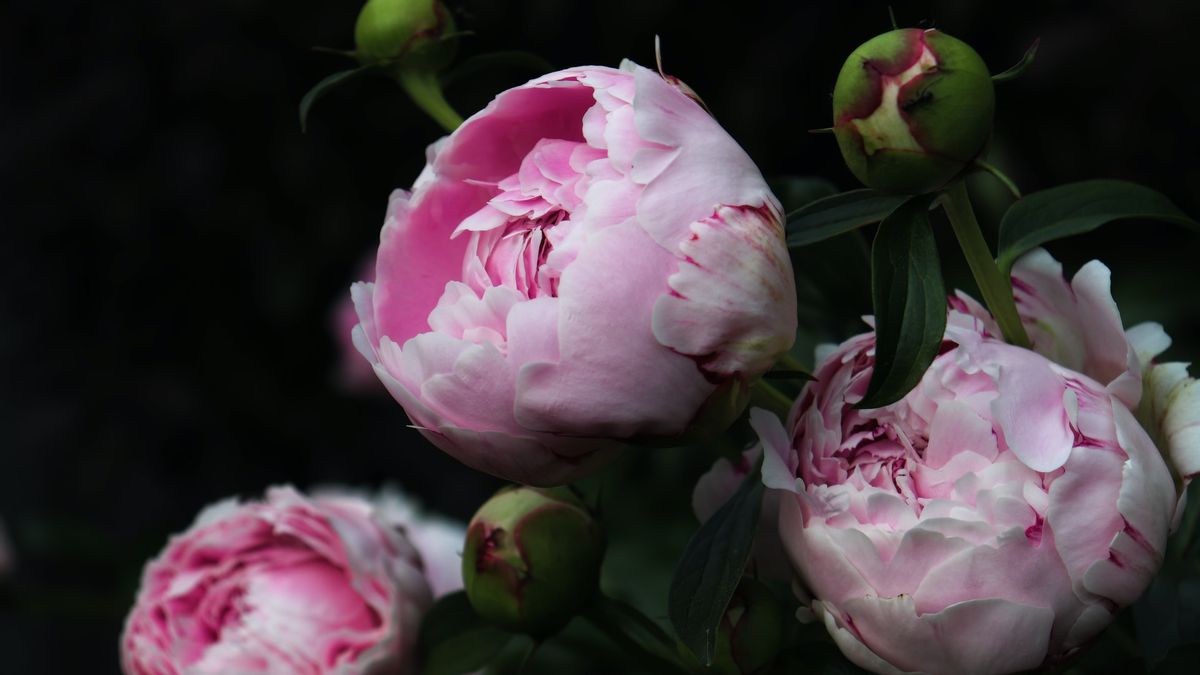JAKARTA – Peony flower plants have a deep meaning. One of them is believed to be a lucky flower. In Chinese history, this flower with a beautiful shaped crown can live up to 100 years.
Peony flowers belong to the Peoniaceae family with 6,500 varieties of soft colors, such as pink, red, purple, orange, and yellow. Cut peonies stored in a vase can keep fresh for up to a week. Peonies are native to Asia, Europe, and North to West America.
In Greek, poeny is called Paeon who was a disciple of Asclepius, the god of medicine and healing. Paeon was a healer who used peony flowers to treat Zeus' wounds, according to Greek mythology.

In early Chinese history, peonies were considered the national flower before being replaced with plum blossoms. After that, the peony flower was popular from Japan to the United States. Launching Easy To Grow Bulbs, Wednesday, January 26, peonies in their growth need at least 30 days in a row under cold temperatures. So is it possible to plant this beautiful flower in tropical areas like Indonesia?
Cool temperatures for peony plants aim to maintain the roots. Peony varieties also affect whether or not it can grow in Indonesia. If the temperature is warm, such as tropical countries, choose peony varieties that will bloom at the beginning of the dry season. But growing peonies in Indonesia requires a bit of trial and error. Like the right placement, because the average peony plant can only withstand exposure to morning and evening light.
Peonies that bloom in mid to late season, usually will also survive in warm areas. But maybe the size of the flowers and plants is not as big as usual. For flower production, the depth of planting of peony roots is very important. The key is to plant the pink 'eyes' or growing points 1-2 inches deep below the soil.
In hot areas, place the peonies in a place that gets some shade from the midday to late afternoon sun. For example, you put on a veranda that is protected by a net or under a tree that emits cool air.
Well, when it comes to the rainy season, give this plant a protection so it doesn't damage the plant structure. A splash of drizzling rain, may still be well received. But when heavy rains are accompanied by strong winds, it is a little dangerous for the growth of this plant.
The English, Chinese, Japanese, Arabic, and French versions are automatically generated by the AI. So there may still be inaccuracies in translating, please always see Indonesian as our main language. (system supported by DigitalSiber.id)













